Top 8 Interesting Facts about Galileo Galilei
Galileo Galilei was a brilliant scientist who made revolutionary discoveries for his time. This caused a lot of controversy, especially within the Church. He ... read more...had a lot of achievements built into his era. However, there are a few interesting facts about Galileo Galilei that you may not know. Please refer to the article below for more information.
-
One of the interesting facts about Galileo Galilei is that he spent ten years under house arrest. In "The Dialogue Concerning the Two Major World Systems (1632)," Galileo defended his theory. It appears to have taken aim at Pope Urban VIII, alienating both him and the Jesuits, who had up to this point been supportive of Galileo. The Inquisition tried him, declared him to be "suspected of heresy," and made him renounce. He was placed under home arrest for the remainder of his life. He summarized the work he had done some forty years previously in Two New Sciences (1638), which was primarily concerned with the kinetics and strength of materials.
In Arcetri, close to Florence, he spent the final ten years of his life with his villagers. He was not allowed to publish any books at that time, and those who were permitted to see him had very limited access. For the following three years, he was even required to read seven penitential psalms once a week.
Galileo did, however, host a number of European visitors, notably Thomas Hobbes and John Milton. The manuscript for Galileo's most recent book, "Courses and Mathematical Proofs Concerning the Two New Sciences," which is regarded as one of his best, was once stolen. It was Galileo's final book and came out in 1638. Galileo become entirely blind in the same year and passed away on January 8 of 1642 at the age of 77.
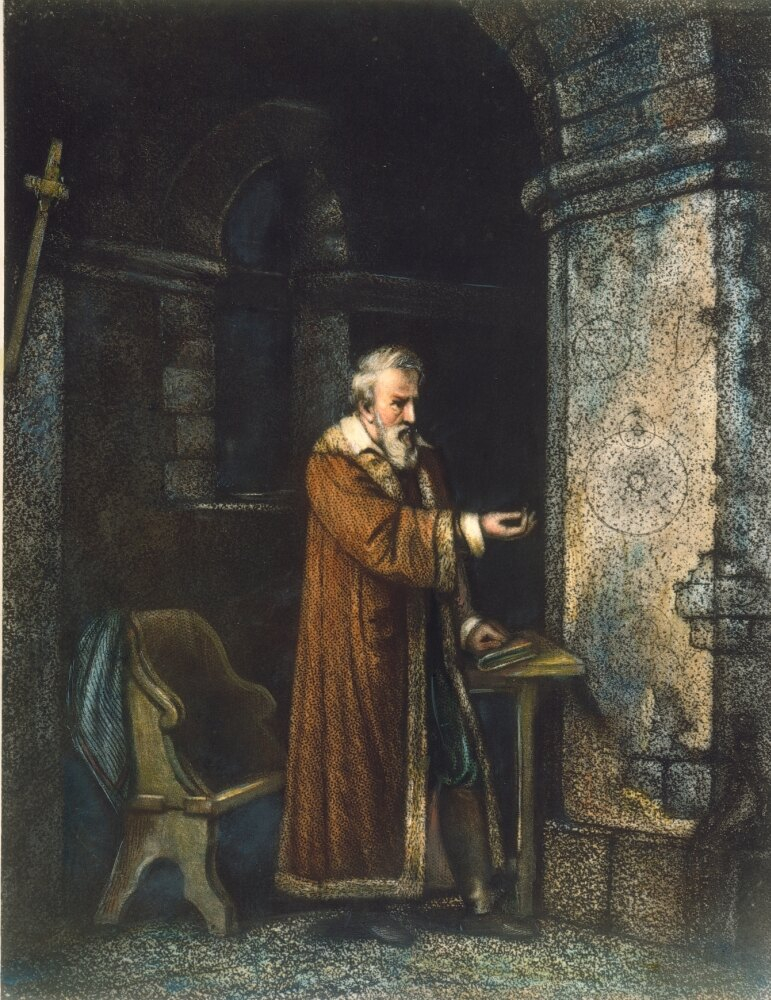
Photo: https://tshop.r10s.com/ 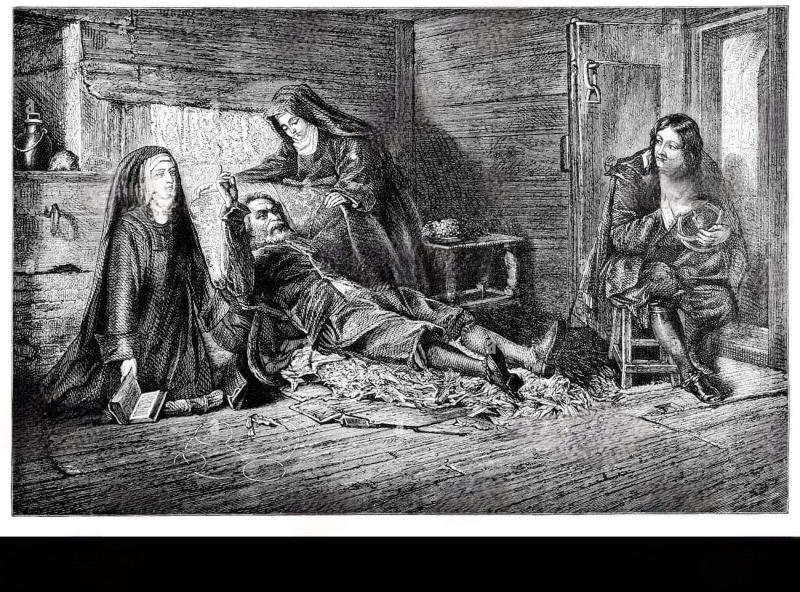
Photo: https://c7.alamy.com/ -
One of the interesting facts about Galileo Galilei is that he was unmarried but had three children. Academics and scholars tended to avoid marriage throughout the Renaissance. Therefore, in accordance with this myth, Galileo never wed. However, the researcher is linked to Marina Gamba, with whom he had three children: Virginia (born in 1600), Livia (born in 1601), and Vincenzo (1606).
Galileo deemed the girls unmarried because they had given birth outside of marriage and did not bring up the subject of excessive dowry or support, which would have been similar to his prior significant financial issues. With his two sisters, Galileo The religious life is the only respectable choice for them. Both girls were admitted to the San Matteo convent in Arcetri, where they lived out the rest of their lives. He made the youngster his legal successor and acknowledged him as his son in order to prevent any further issues; their son went on to become a singer.
Livia is known as Sister Arcangela and Virginia is known as Sister Maria Celeste. Vincenzo stayed with his mother after Galileo left. A few years later, he went to Florence with his father, where the Grand Duke of Tuscany officially designated him as Galileo's heir.
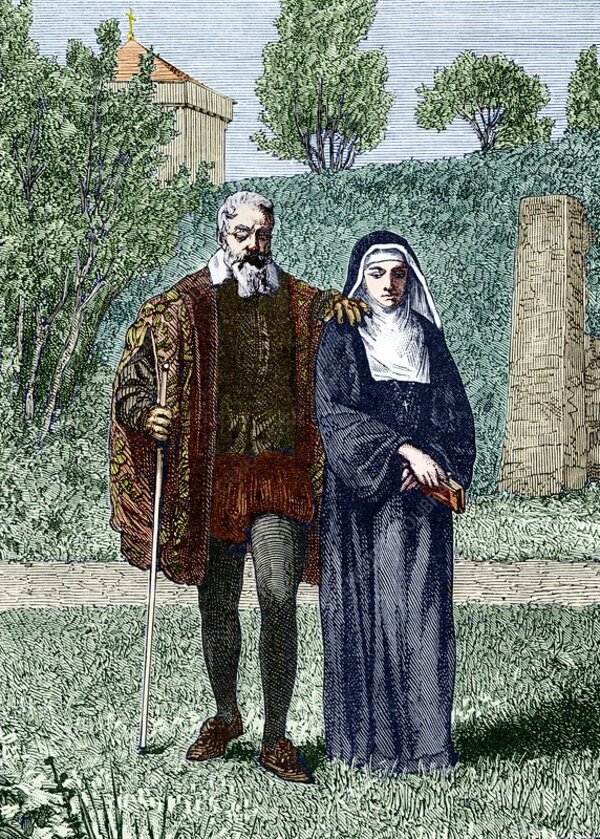
Photo: https://media.sciencephoto.com/ 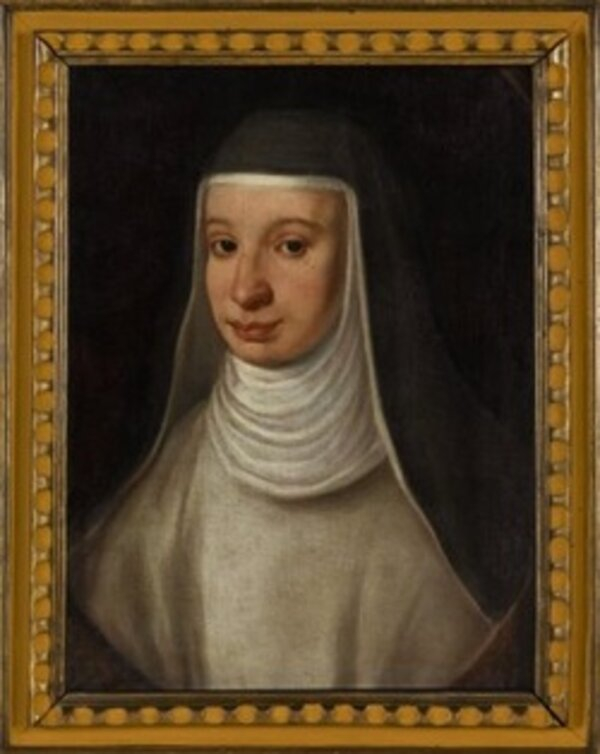
Photo: https://media.sciencephoto.com/ -
The following year, Galileo constructed a telescope with a magnification of roughly three times, based largely on hazy descriptions of the first workable telescope that Hans Lippershey had sought to patent in the Netherlands in 1608. He subsequently produced enhanced versions with magnifications of up to 30x. The Galilean telescope, also known as a terrestrial telescope or a reconnaissance telescope, allows users to view magnified, vertical images of Earth. He is one of the few persons who can construct a telescope that is suitable for that function, so he can also use it to study the sky for a while.
Galileo created his own instrument using the original telescope's descriptions as a guide. The best telescopes can magnify a picture by around 30 times without causing visual distortion, according to the more than 60 telescopes he developed. He gave the Venice legislators a demonstration of one of his first telescopes on August 25, 1609, with a magnification of roughly 8 or 9. His telescopes served as a supplemental tool for Galileo, who sold them to traders who valued them as a commodity and a tool for use at sea. In a brief essay named Sidereus Nuncius, he published his maiden telescopic astronomical observations in March 1610.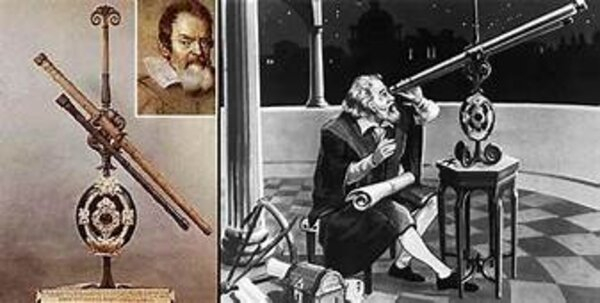
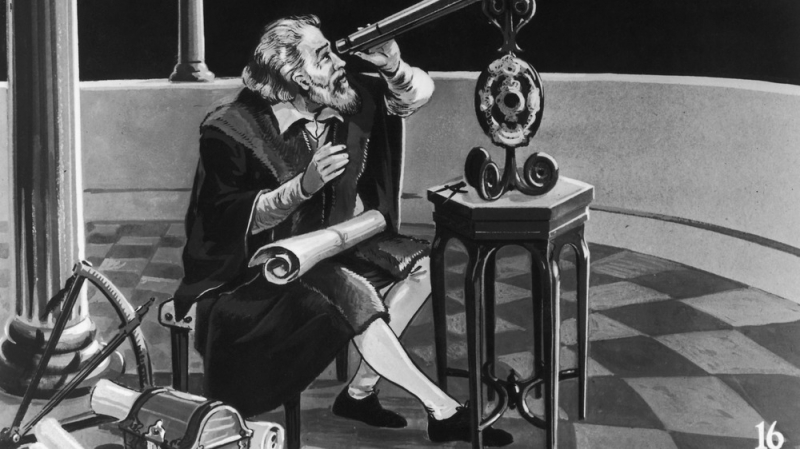
Photo: https://img1.grunge.com/ -
This Galileo fact, that he was one of the greatest scientists of all time and a college dropout, may definitely offer you confidence and perspective if you've been feeling like a failure lately or still don't know what to do with your life!
Galileo was sent to study at the University of Pisa at the age of 16 due to his outstanding intelligence. The young man came here to study medicine at first, but his interest in mathematics grew. Galileo claims that the world is "written in the language of mathematics, and its characters are triangles, circles, and other geometric shapes, without which man cannot grasp a single word." However, in 1585, the eager student was compelled to stop his studies without a diploma and start teaching himself mathematics and natural philosophy due to financial constraints. Prior to triumphantly returning to school in 1589 as a full professor of mathematics, Galileo studied mathematics on his own and with tutors.He received a request to teach mathematics at the University of Pisa in 1589. After his father passed away in 1592, he relocated to Padua where, from 1592 to 1610, he served as a professor of geometry, mechanics, and astronomy at the University of Padua.
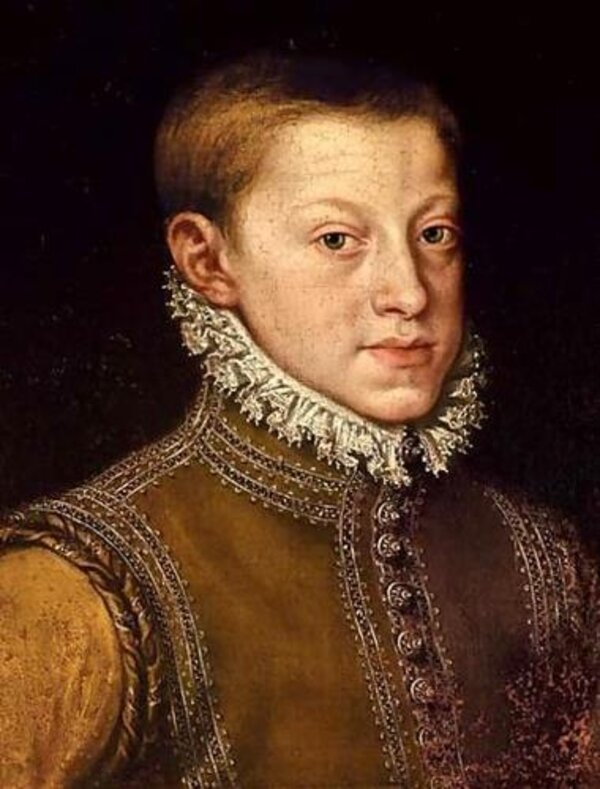
Photo: https://assets.sutori.com/ 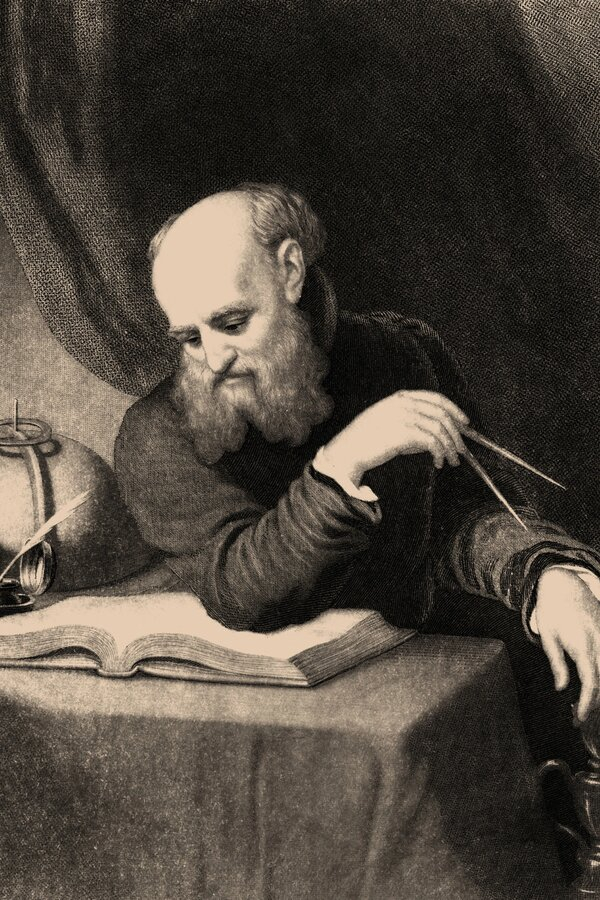
Photo: https://api.time.com/ -
Galileo not only improved the telescope but also created other items. He created a "temperature glass," which is used to understand temperature differences. He also created the "sector," which included the water pump, pendulum clock, and military compass.
Not only was Galileo passionate about science, but he also enjoys making things. His innovations weren't always driven by emotion, though. After his father passed away, he battled to pay off his debts, including the dowry that had been promised to his in-law brothers, and his inventions turned into a side source of income.
The military compass for cannonball aim, one of his successful inventions, earned him a respectable sum of money. Other innovations that have not received much recognition include a ballpoint pen, an automatic tomato picker, a light reflector that reflects light through a building, a pocket comb that can be used as an eating tool, and a thermometer for measuring temperature differences.
Although Galileo is renowned for using telescopes to investigate the cosmos, it's vital to remember that he did not invent the instrument! He learned about telescopes and made the decision to combine certain lenses so that he could make advantage of their magnifying abilities to view the sky.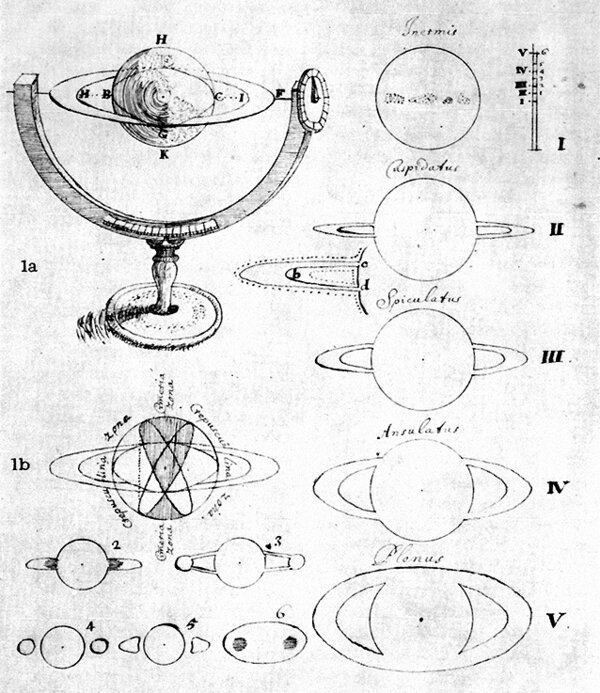
Photo: http://galileo.rice.edu/ 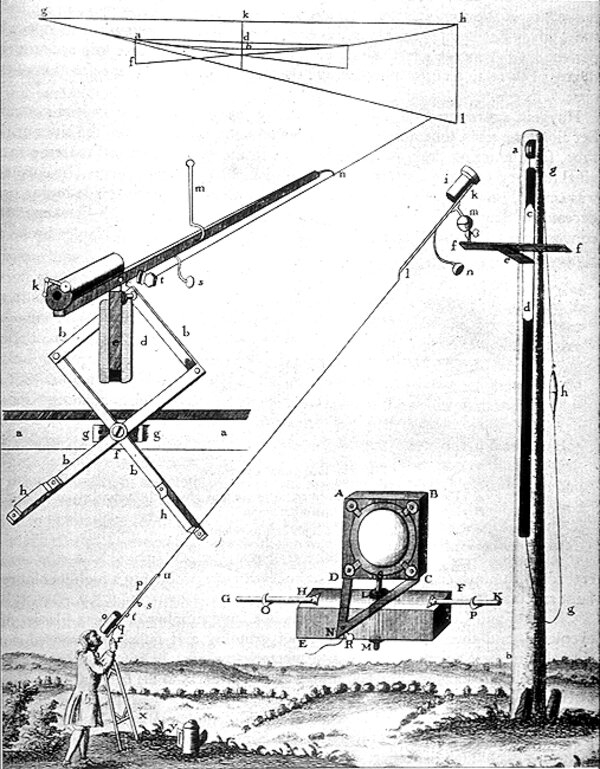
Photo: http://galileo.rice.edu/ -
One of the interesting facts about Galileo Galilei is that he was blind. While imprisoned for months in his home near Florence, Galileo continued to work and write, and during this time, his vision started to become foggy. Galileo entirely lost his sight when he was in his seventies. People once thought that his views of the sun which may injure our eyes if we look straight at it were the reason he became blind. However, an in-depth investigation has shown that this might not be the case.
Galileo fought systemic diseases all of his life. Hemorrhoids, arrhythmias, kidney stones, and rheumatism all have symptoms listed in Galileo's records. His portrait by Ottavio Leoni from 1624 has led some academics to speculate that he also had eye conditions. Galileo's eyes appear unequal in the portrait, which explains why.
The most widely accepted diagnoses for his eyesight today are chronic glaucoma or complicated cataracts, but Galileo is still being researched by many scientists. One thing is certain, though, and it's not just me stating it: Galileo is to be credited for much of the scientific information we currently possess. Before I did, Albert Einstein said the same thing.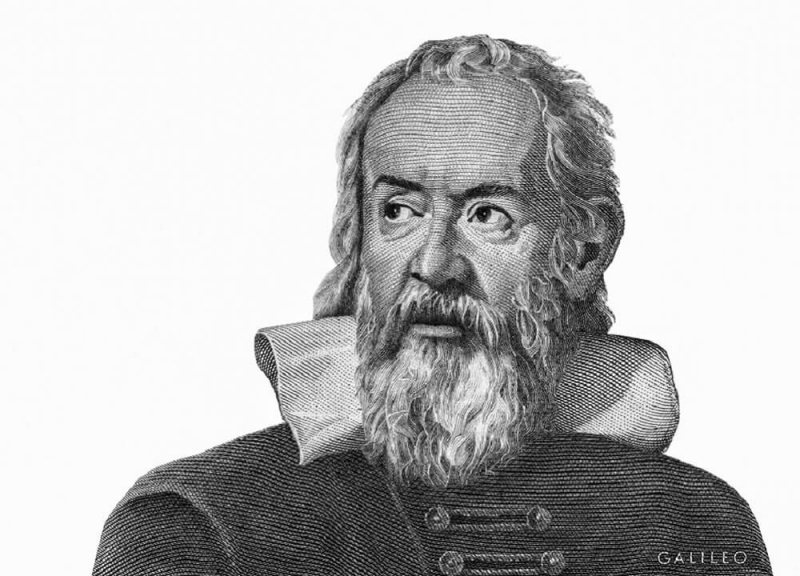
Photo: https://in2english.net/ 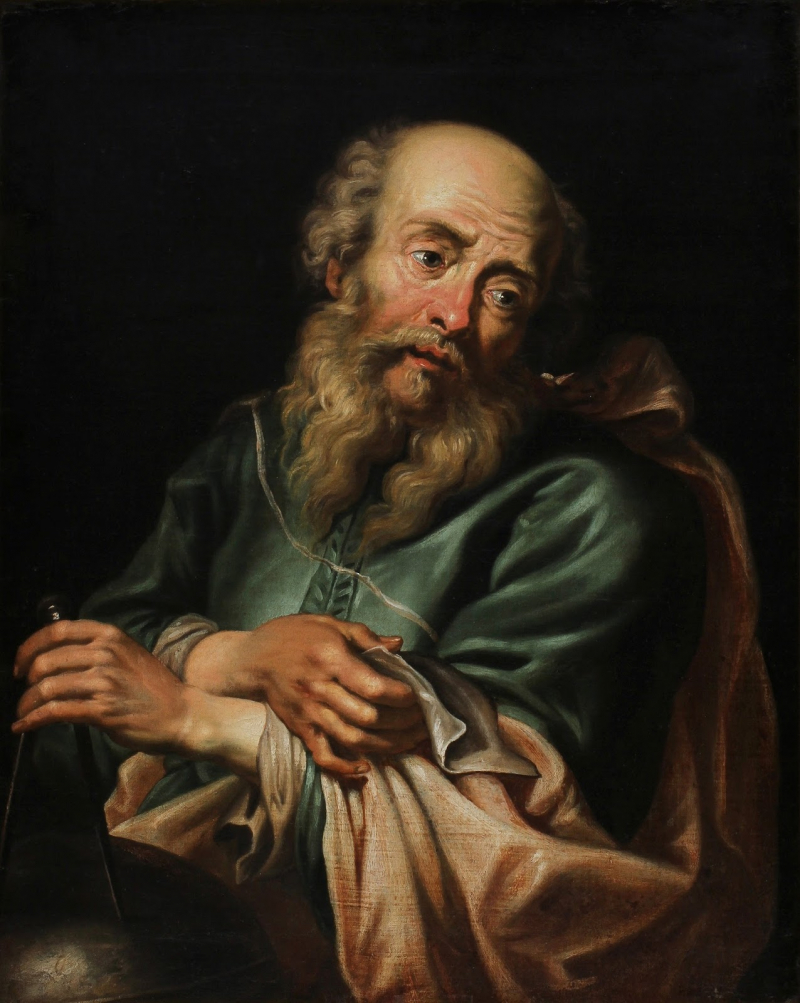
Photo: https://3.bp.blogspot.com/ -
Galileo was able to observe and comprehend several astronomical phenomena as a result of his telescope observations. He noted the moons around Jupiter and gave descriptions of the Venus and Moon phases. He also recorded observations of the Milky Way, Neptune, and the Sun's sunspots.
Using a telescope, Galileo saw what he initially characterized as "three fixed stars, utterly invisible because of their smallness" on January 7, 1610; these stars were all near Jupiter and formed a straight line that passed through the planet. The positions of these "stars" about Jupiter were observed to change on the nights that followed, in ways that were incomprehensible if they were fixed stars. He quickly concluded that they were orbiting Jupiter after finding three of the planet's four largest moons.
Galileo first noticed in September 1610 that Venus displays a broad spectrum of phases that are comparable to those of the Moon. All phases of Venus should be visible, according to the heliocentric model of the Solar System proposed by Nicolaus Copernicus, because Venus's orbit around the Sun causes its lit hemisphere to face Earth when Venus is on the other side Sun and facing away. Earth when it is positioned on the Earth-Sun side. The orbits of any planet cannot cross those of the Sun's spherical shell in Ptolemy's geocentric model.About the heliocentric theory, which held that the planets circled the Sun rather than the Earth, all these discoveries demonstrated that Copernicus was correct. Galileo's observation of craters on the moon demonstrated that Aristotle was mistaken when he claimed that all celestial bodies were perfect beginning with the moon.
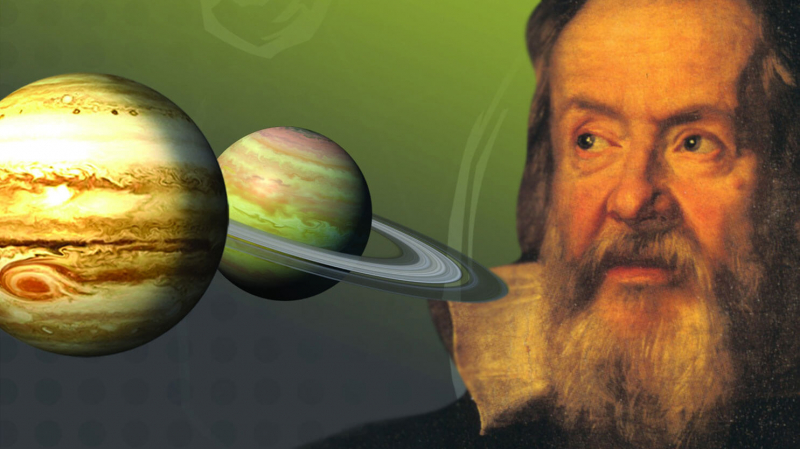
Photo: https://www.8sa.net/ 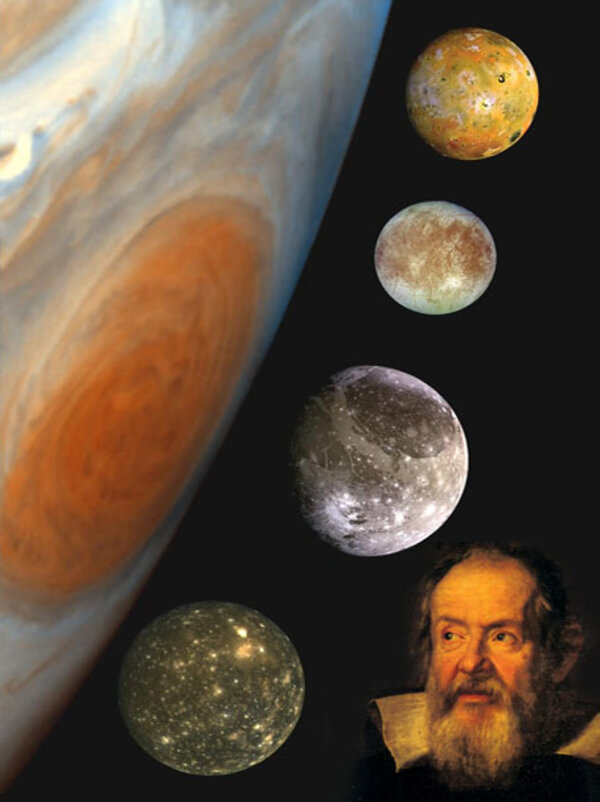
Photo: https://www.8sa.net/ -
One of the interesting facts about Galileo Galilei is that he lost three of his fingers almost a century after his death. Galileo was laid to rest in a modest space close to the chapel for novices in Florence's Basilica of Santa Croce. Along with his father, and other ancestors, Machiavelli, and Michelangelo, his remains were moved to the main body of the Basilica in 1737.
This truth about Galileo Galilei might strike some people as a little strange because they might wonder how a cadaver that is almost 100 years old could have lost three fingers. The explanation is that Galileo's body was moved from a minor chapel at the Santa Croce church in Florence to the main basilica in 1737, nearly 100 years after his passing. One of Galileo's fans did so while removing three of his fingers and a tooth from his body. The two fingers and tooth belonged to a family of a Galileo enthusiast for many years, until they vanished entirely in the early 1900s.
They emerged at an auction inexplicably again in 2009, and private Florentine art collector Alberto Bruschi bought them. He still didn't know who the bones belonged to when he found the artifacts in an unnamed wooden box during the 17th and 18th centuries. The Galileo artifacts were later confirmed by the Florence Cultural Center.
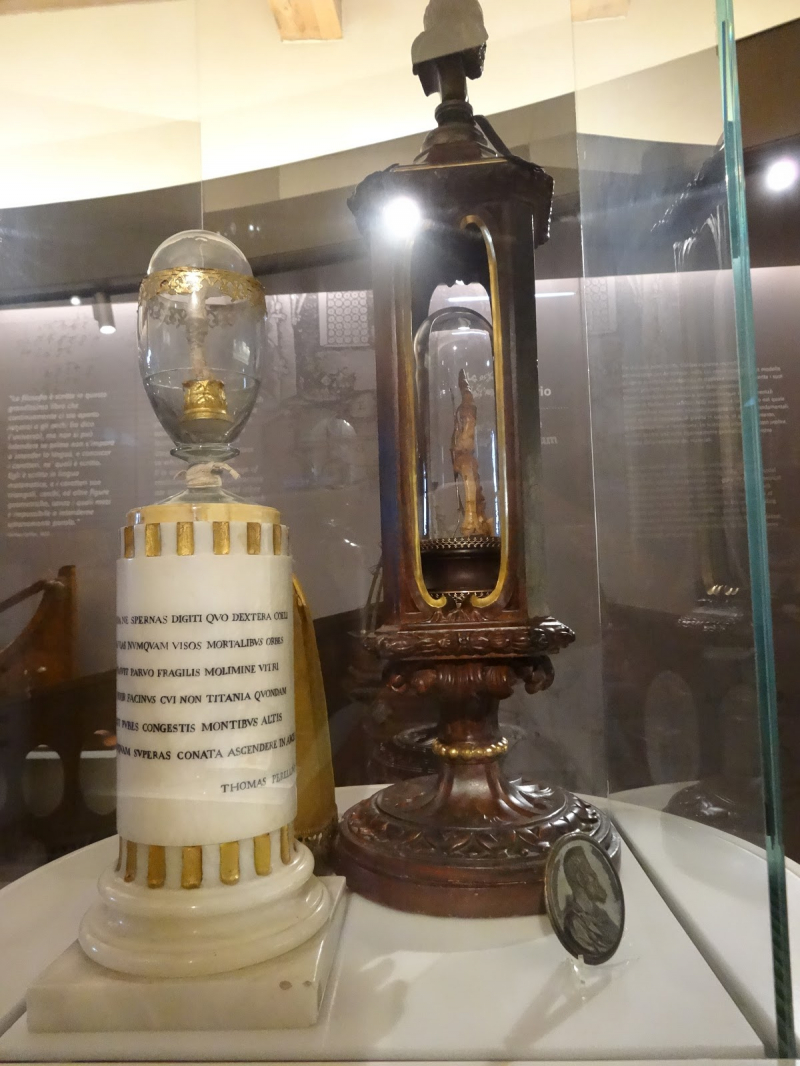
Photo: https://2.bp.blogspot.com/ 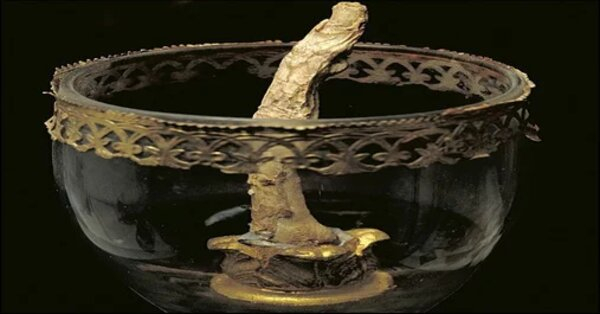
Photo: external-preview.redd.it





























